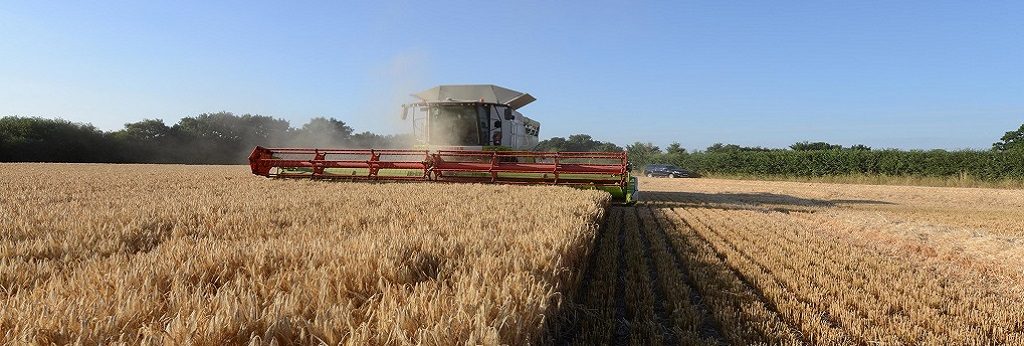
Our top 8 reasons for growing Hybrid Barley... it's a hybrid barley thing!
Seed Rate and Drilling Date
Drilling your Hybrid Barley
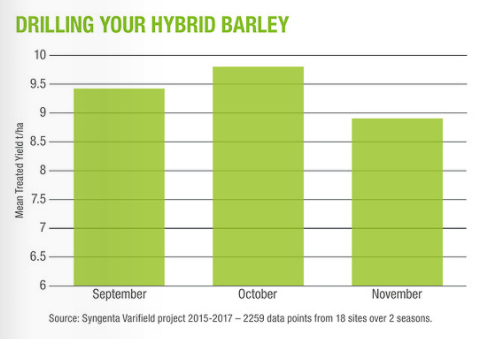
Canopy Management
Fungicide Applications
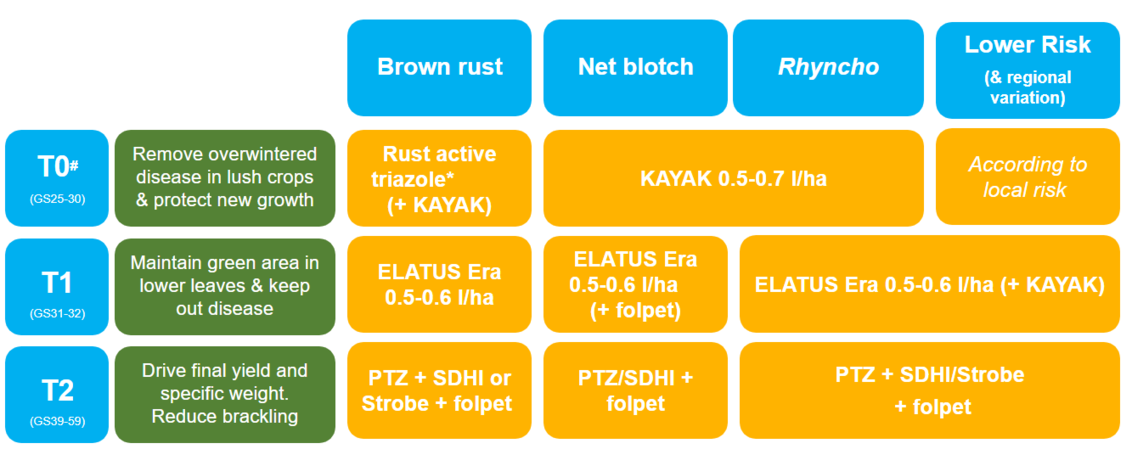
PGR Applications
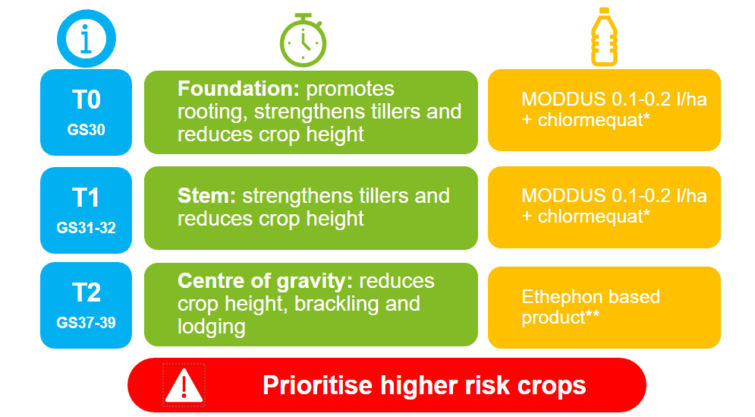
Lots of factors will impact lodging risk in a crop. It is important to consider location, weather, green area index, drill date, soil type, variety and seed rate. Crops of hybrid barley will benefit from the application of a 3 spray PGR programme aimed at promoting rooting, thickening stem cell walls and reducing crop height.
All of the hybrids on the 2022/23 AHDB Recommended List show a good response to PGR programmes, with an average of 8% reduction in height between untreated and treated varieties.
Nitrogen Applications for Hybrid Barley
Early Nitrogen is key for Hybrid Barley
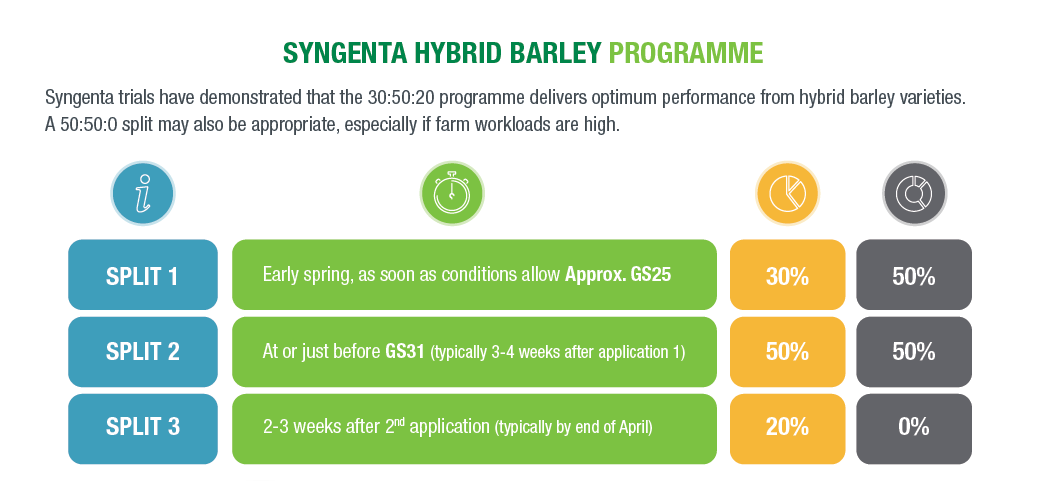
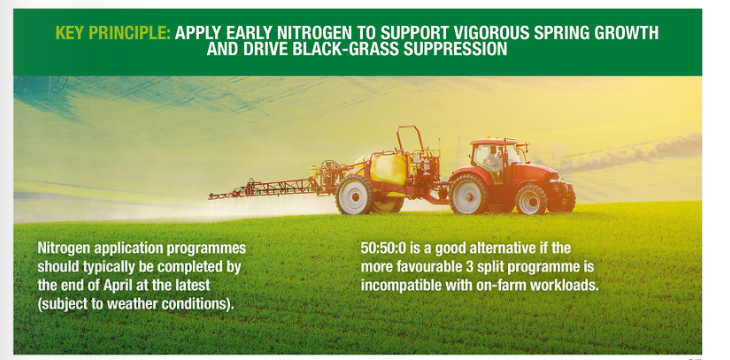
Hybrid Barley at Harvest
Harvesting your Hybrid Barley
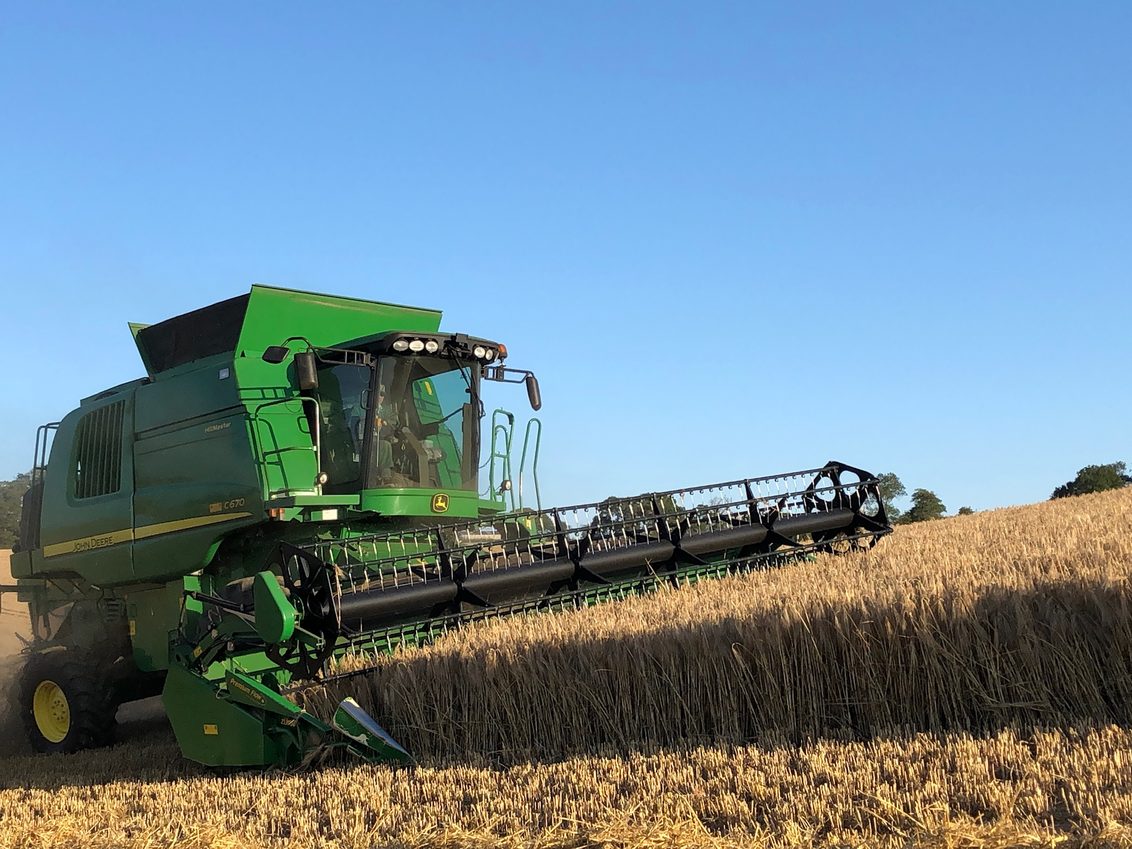
Grain quality
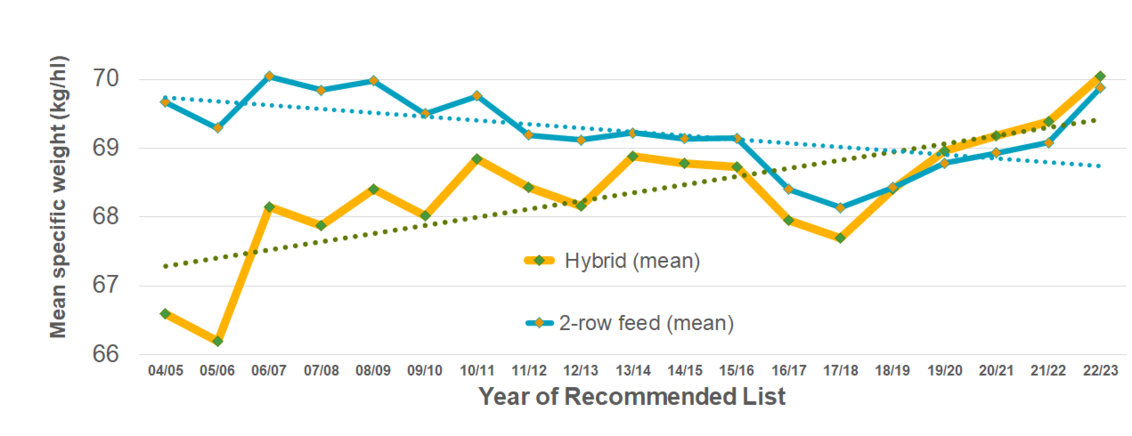
Grass Weed Management
Grass Weed Management
Grass Weed Suppression
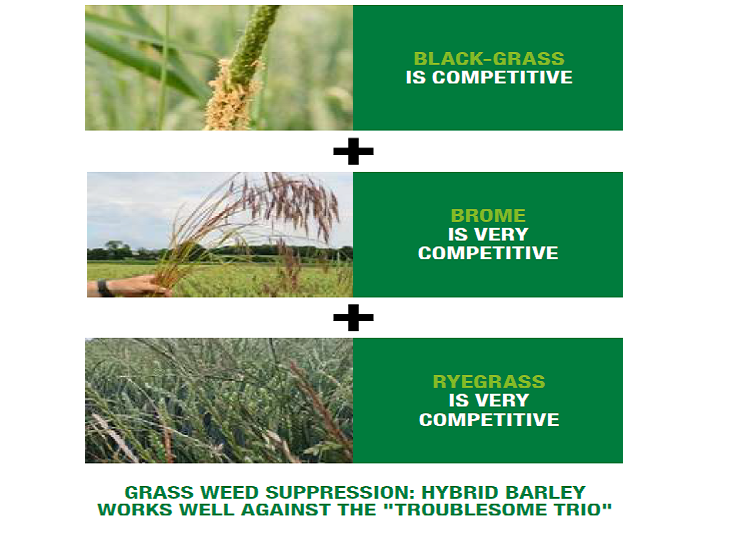
Grass weed Suppression
Over the past few years we have shown that hybrid barley can be an integral part of your strategy for managing grass weeds. Trials have shown that hybrid barley offers better suppression of black-grass, brome, and ryegrass than winter wheat and 2-row winter barley. This benefit, uniquely powered by hybrid vigour is a common feature of all of our hybrid varieties – it’s a hybrid barley thing!